My current system architecture for a web application looks like above. Essentially, its just one code base, that is being deployed in different contexts, so for instance, app1.localhost.com, app2.localhost.com.
These are my current challenges -
- I need query my webservices using ajax calls from user browser. But, somehow I need to tell the webservices, that the request is coming from user1 for app1 or user2 or app2. Accordingly, the webservice can go query the right schema in the database and return the results.
- My webservices need to be stateless.
- I cannot have the user tamper with the request from the browser.
Is this a flawed model? Are my expectations out of standard way of doing this? What is the best way to realize this architecture?
